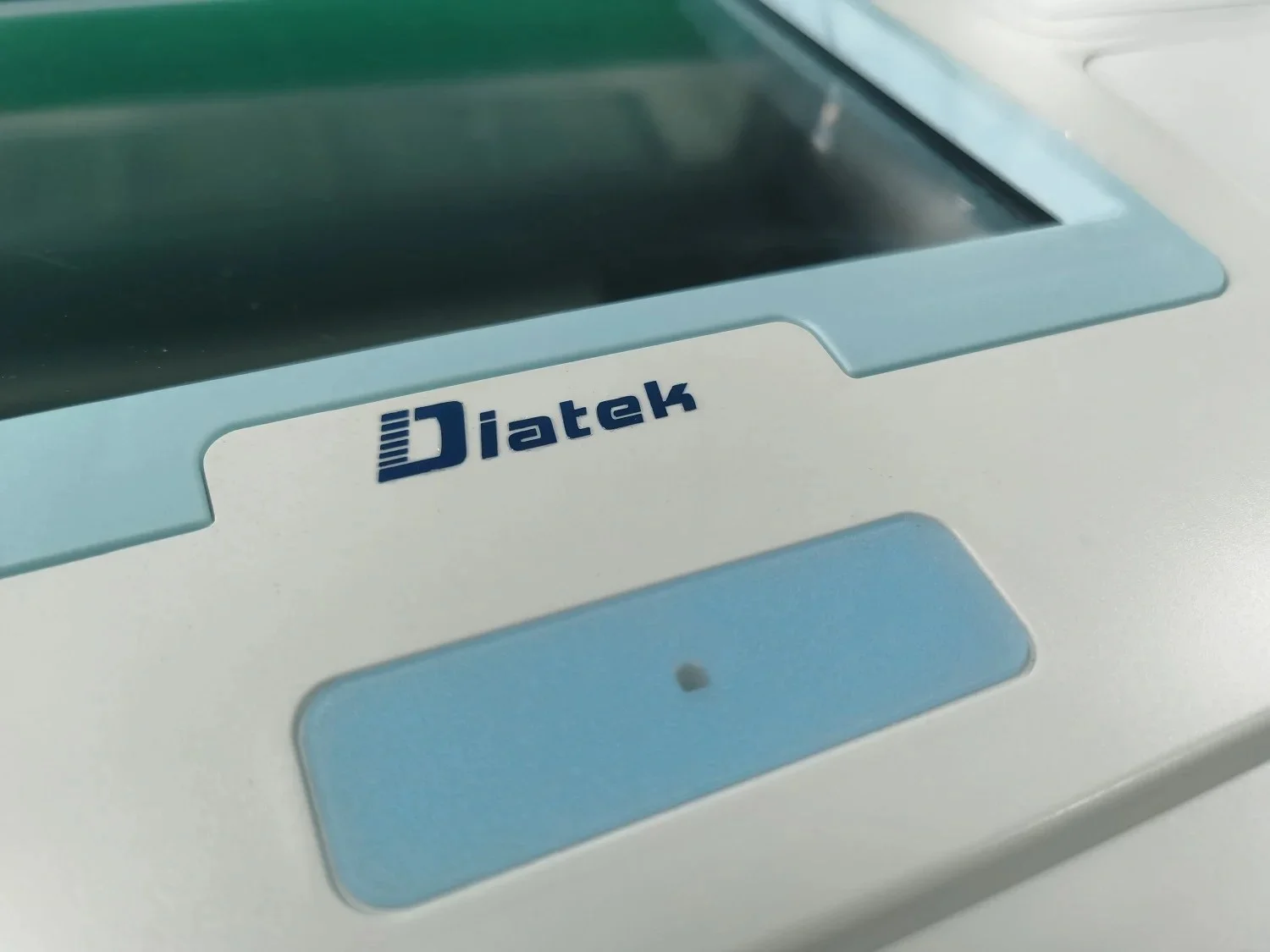Microplate readers are essential instruments in laboratories, enabling researchers to conduct a variety of assays with high precision and efficiency. The DR-200Bc Microplate Reader from DIATEK is a notable example, featuring advanced capabilities such as a built-in thermal printer, a user-friendly 7-inch touch screen, and the ability to store up to 200,000 test data entries. However, like any sophisticated equipment, microplate readers can encounter issues that may disrupt workflow. This article will discuss common problems associated with microplate readers and provide troubleshooting tips to help you maintain optimal performance.

Common Issues with Microplate Readers
1. Inconsistent Readings
Symptoms: Variability in absorbance or fluorescence readings across multiple runs of the same sample.
Troubleshooting Steps:
- Calibration Check: Ensure that the microplate reader is properly calibrated. Follow the manufacturer's guidelines for calibration procedures.
- Reagent Quality: Verify that the reagents used are fresh and properly prepared. Degraded reagents can lead to inconsistent results.
- Plate Positioning: Ensure that the microplates are correctly positioned in the reader. Misalignment can affect readings.
2. Software Malfunctions
Symptoms: The software fails to respond or crashes during operation.
Troubleshooting Steps:
- Restart the Device: Power cycle the microplate reader to reset any temporary software glitches.
- Update Software: Check for any available software updates from DIATEK and install them if necessary to ensure optimal performance.
- Check Connections: Ensure that all cables and connections are secure, especially if using external devices or printers.
3. Poor Optical Performance
Symptoms: Low signal intensity or high background noise in readings.
Troubleshooting Steps:
- Clean Optical Components: Dust or residue on optical components can affect performance. Use appropriate cleaning solutions and materials recommended by DIATEK.
- Check Light Source: Ensure that the light source (e.g., halogen lamp) is functioning correctly. If it appears dim or flickering, it may need replacement.
- Wavelength Settings: Confirm that the correct wavelength settings are being used for your specific assay.
4. Mechanical Issues
Symptoms: The reader has difficulty moving plates in and out or making adjustments.
Troubleshooting Steps:
- Inspect Moving Parts: Check for any obstructions or debris in the plate-loading mechanism. Clean as necessary.
- Lubrication: Ensure that moving parts are adequately lubricated according to manufacturer specifications.
- Seek Professional Service: If mechanical issues persist, contact DIATEK for professional servicing.
5. Temperature Control Problems
Symptoms: Inconsistent temperature during assays affecting enzyme activity or reaction rates.
Troubleshooting Steps:
- Check Incubation Settings: If your microplate reader has an incubation module, verify that it is set to the correct temperature.
- Calibration of Temperature Sensors: Ensure that temperature sensors are calibrated and functioning correctly.
- Environmental Factors: Make sure the laboratory environment is stable and not affecting the temperature settings of the reader.
General Maintenance Tips
To prevent issues with your microplate reader and ensure longevity, consider these maintenance tips:
1. Regular Calibration and Validation: Schedule routine calibration checks based on usage frequency to maintain accuracy.
2. Clean Optical Components Frequently: Regular cleaning of optical components will help maintain performance and reliability.
3. Monitor Software Updates: Keep an eye on software updates from DIATEK to benefit from enhancements and bug fixes.
4. Training Staff Properly: Ensure that all personnel operating the microplate reader are adequately trained on its use and maintenance procedures.
5. Document Usage Patterns: Keep records of usage patterns and any issues encountered to identify trends that may require attention.
Conclusion
Microplate readers like the DR-200Bc from DIATEK are invaluable tools in laboratory settings, providing essential capabilities for various assays. However, like any sophisticated equipment, they can experience common issues that may disrupt operations. By understanding these potential problems and following troubleshooting steps, you can maintain optimal performance and ensure reliable results in your experiments.
For more information about our microplate readers or assistance with troubleshooting, please contact DIATEK today! Our team is here to support you with expert guidance and solutions tailored to your laboratory needs!


